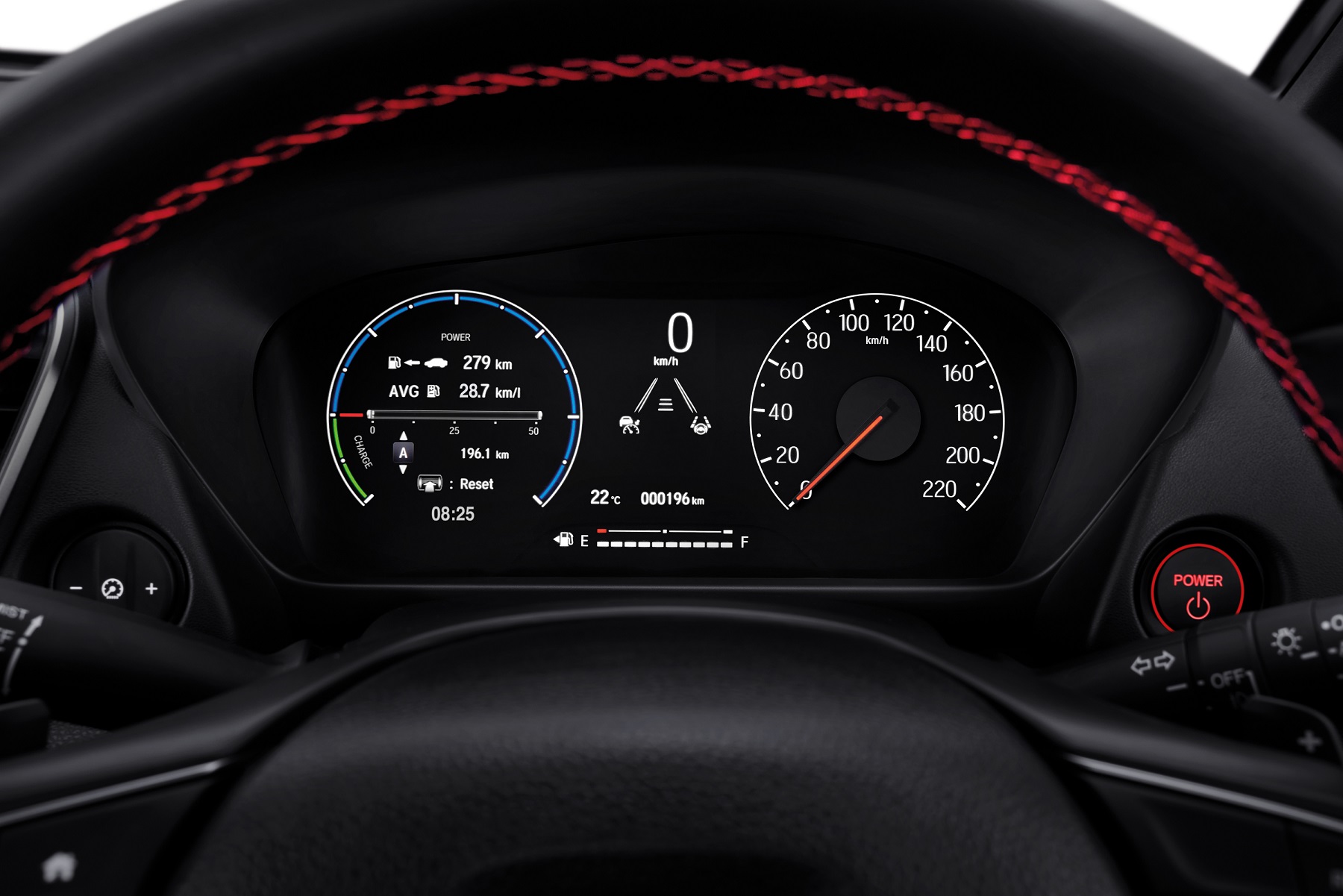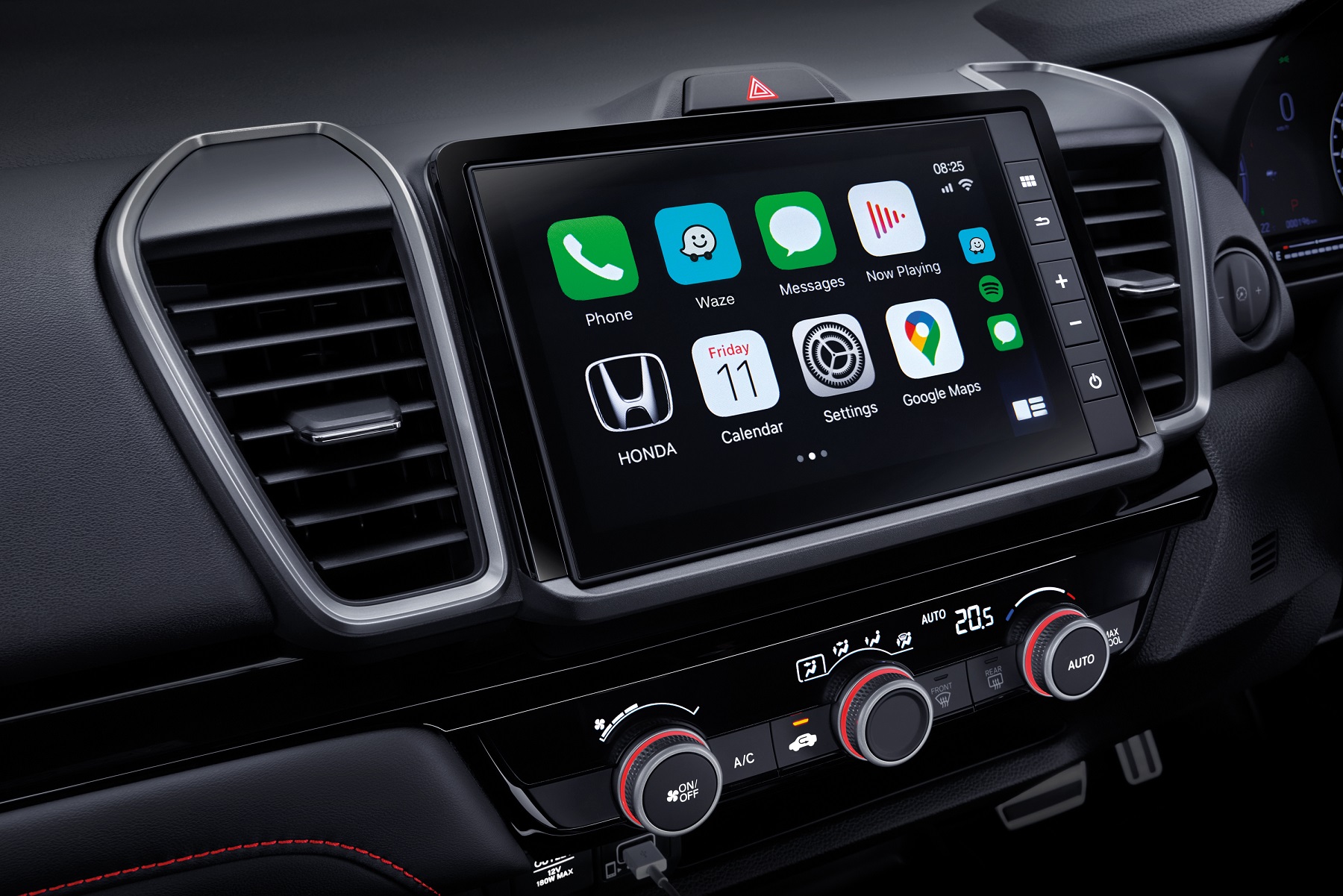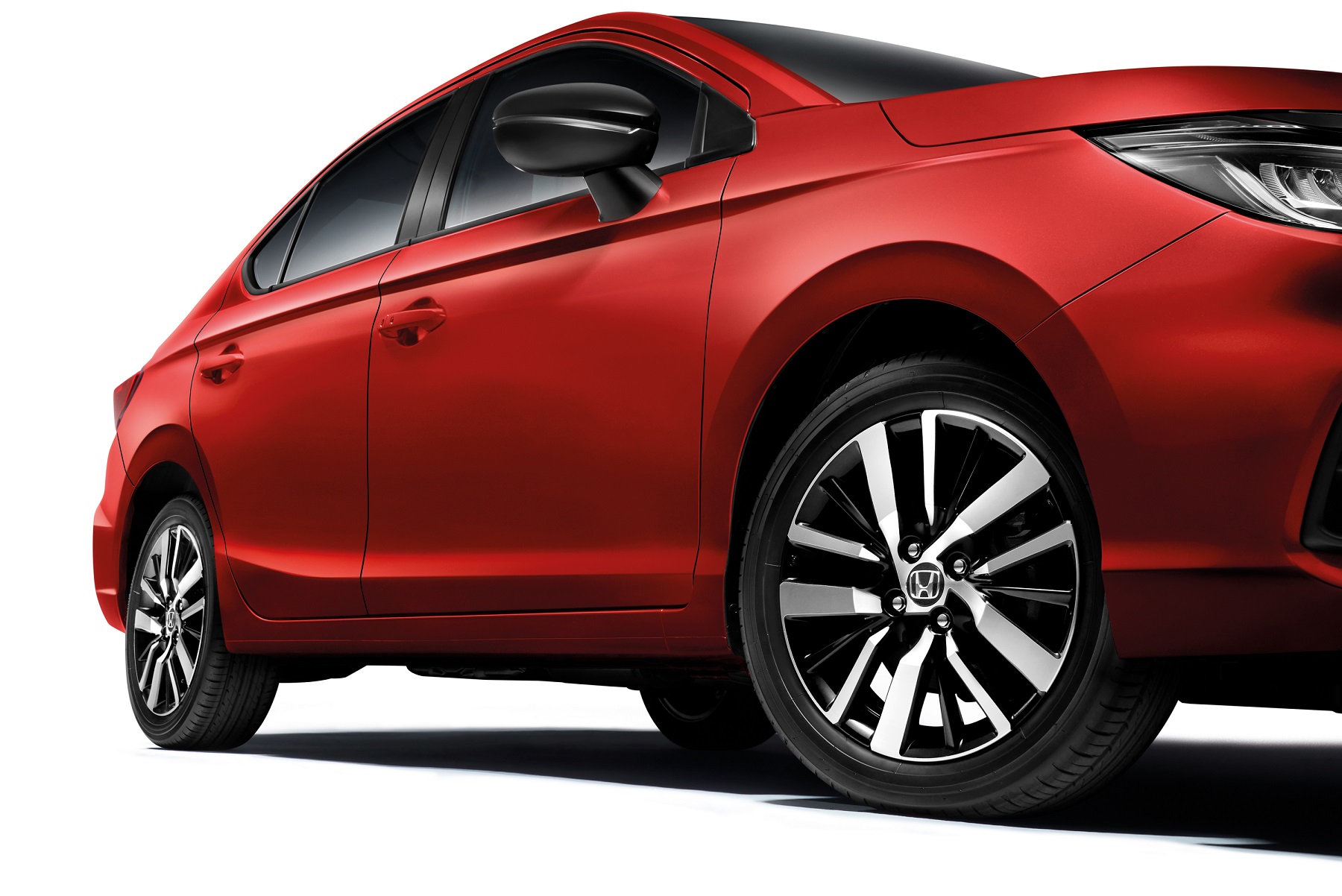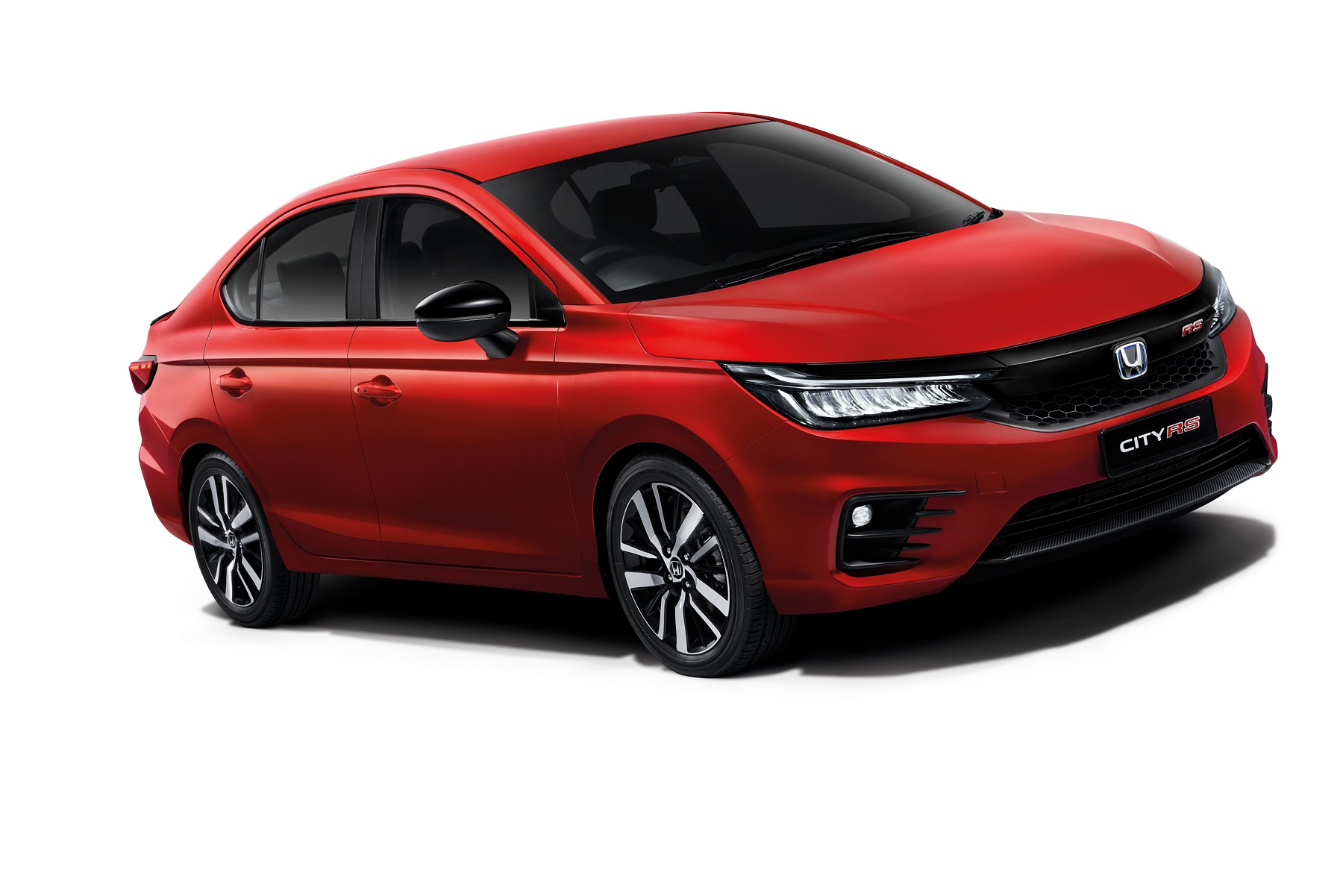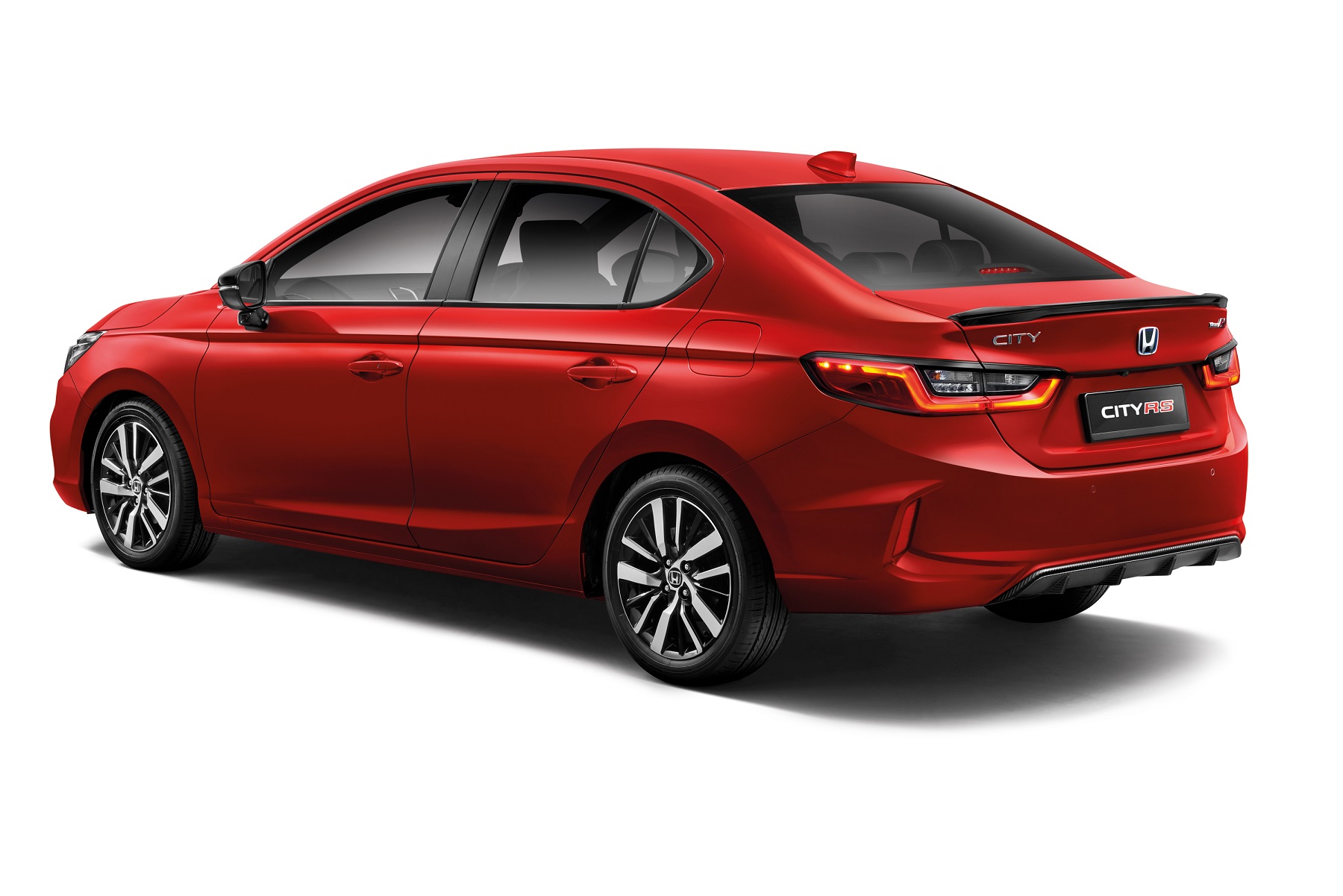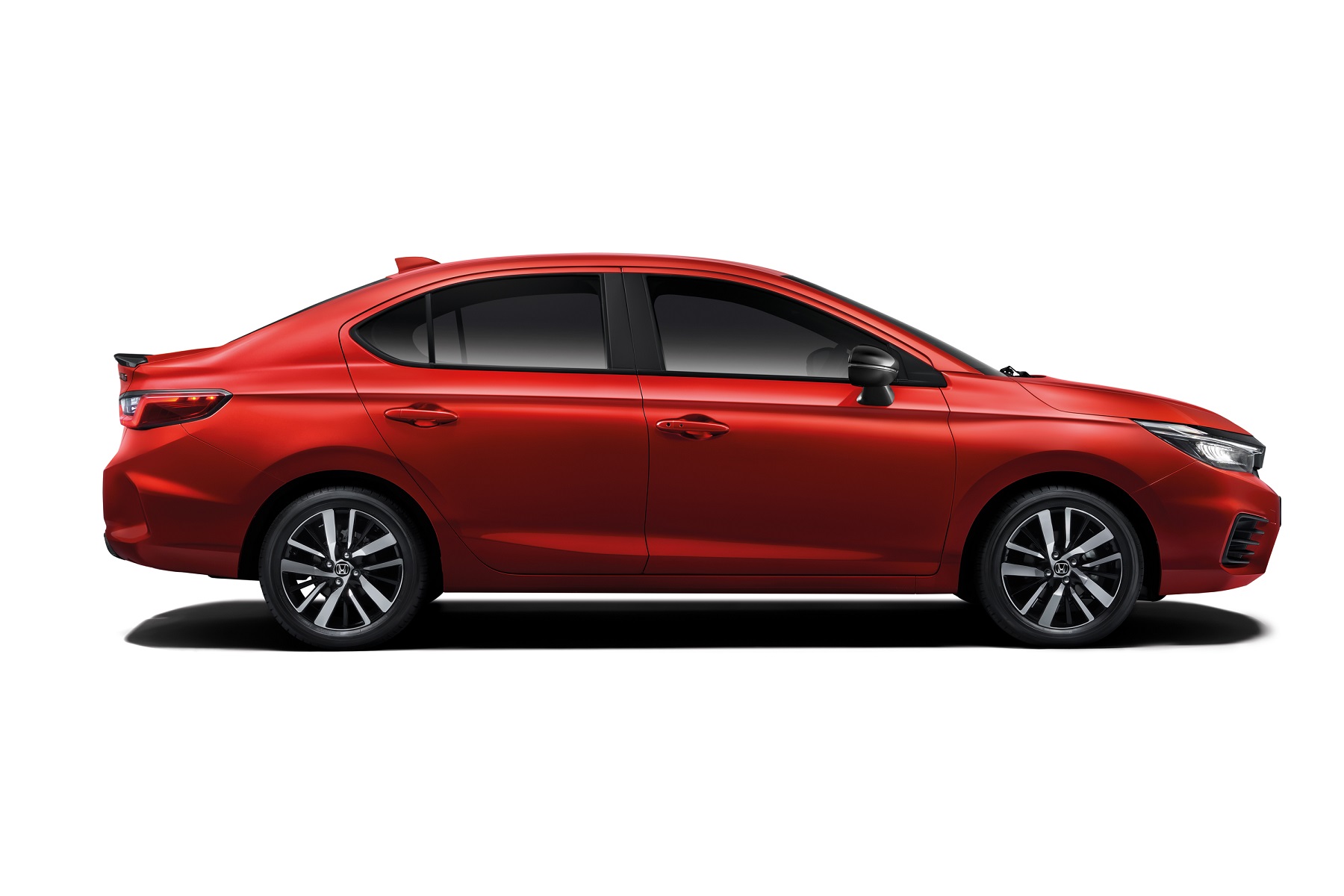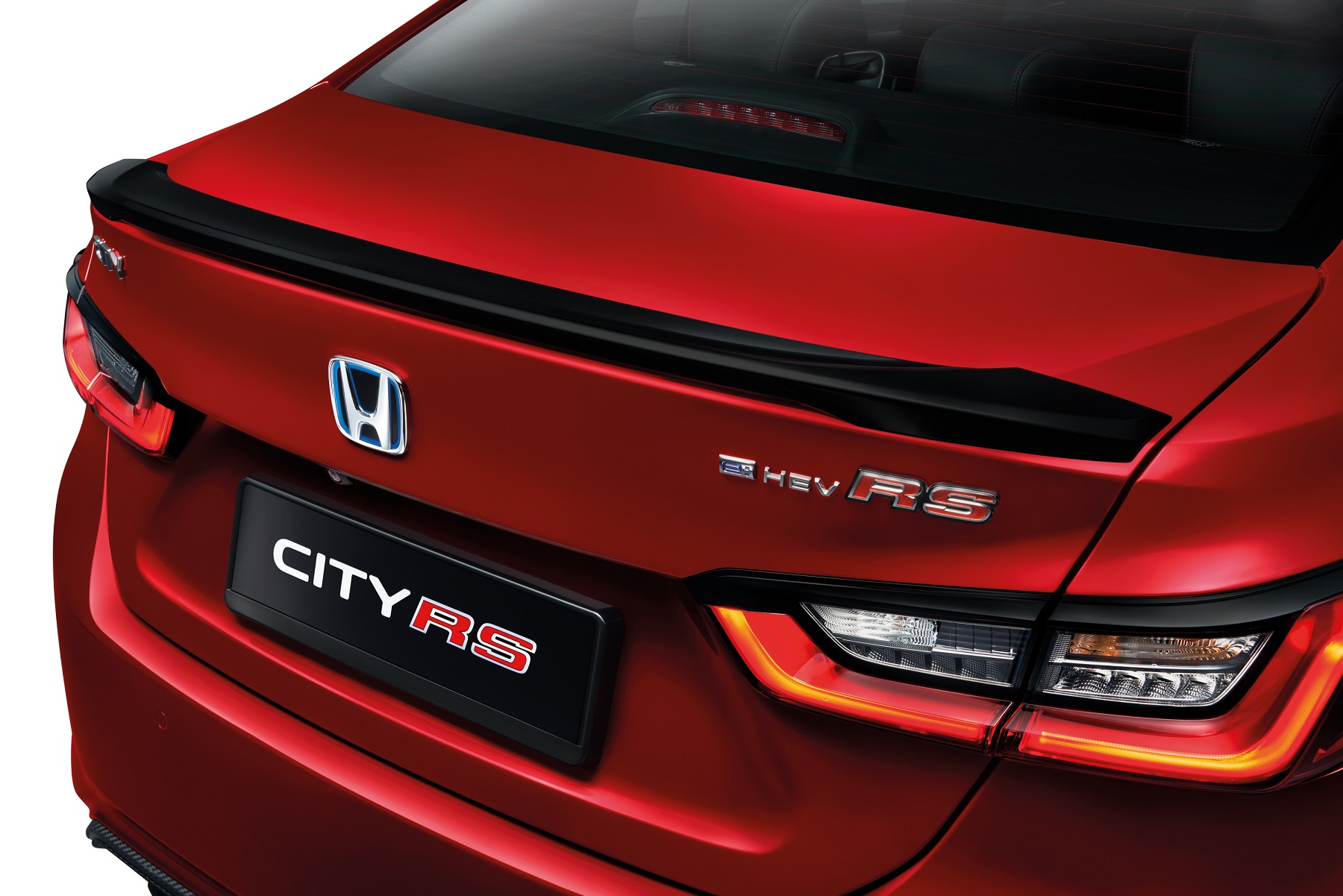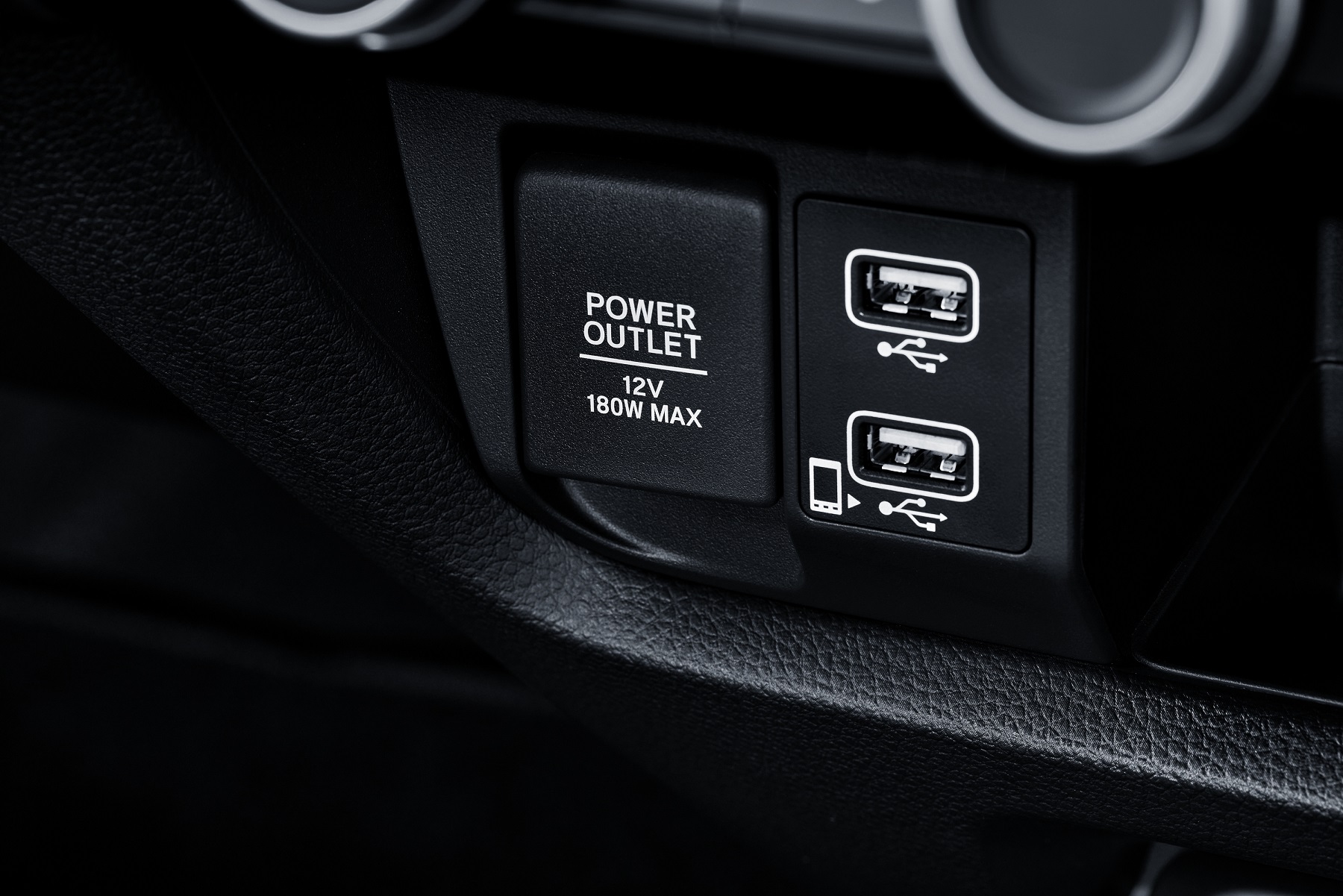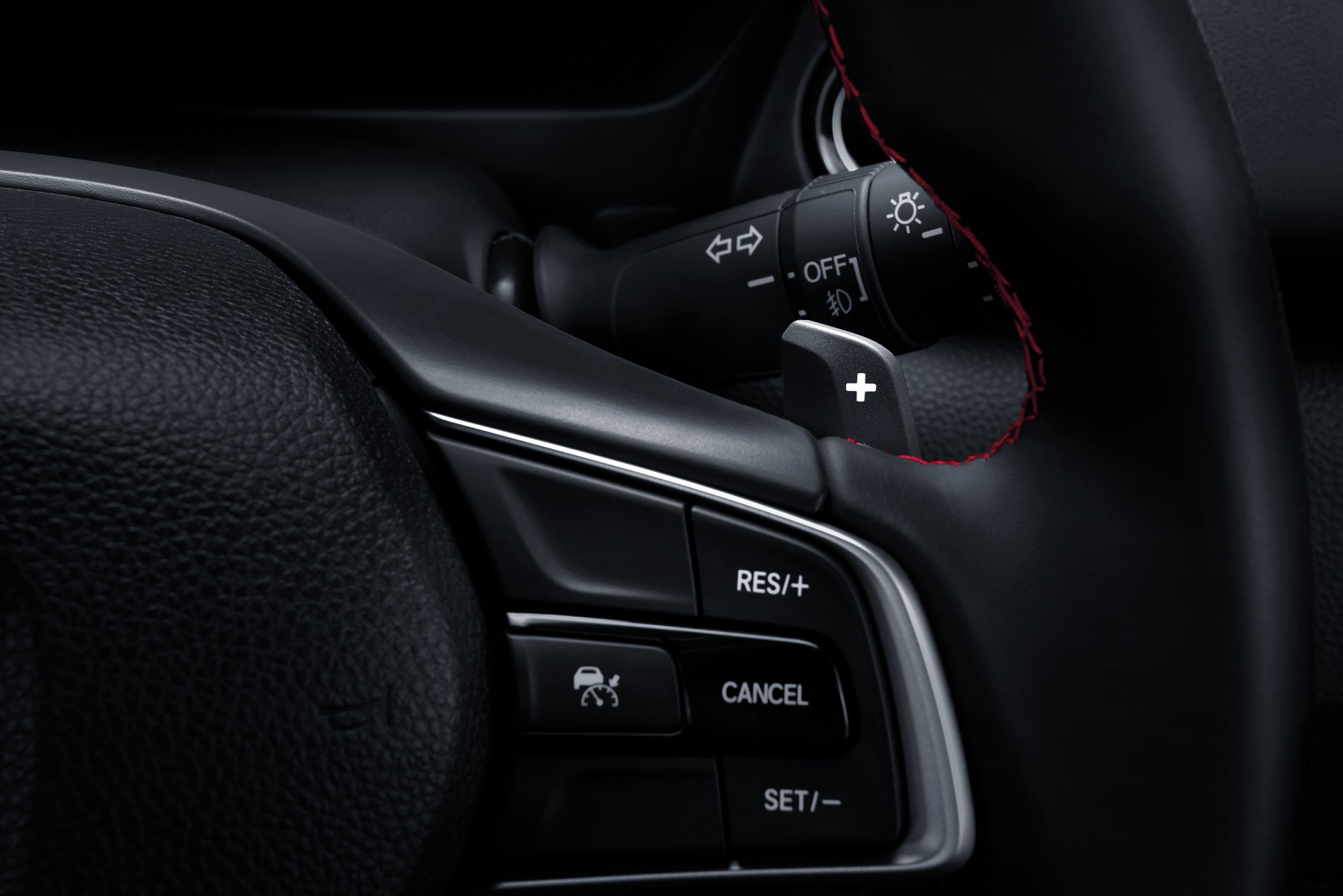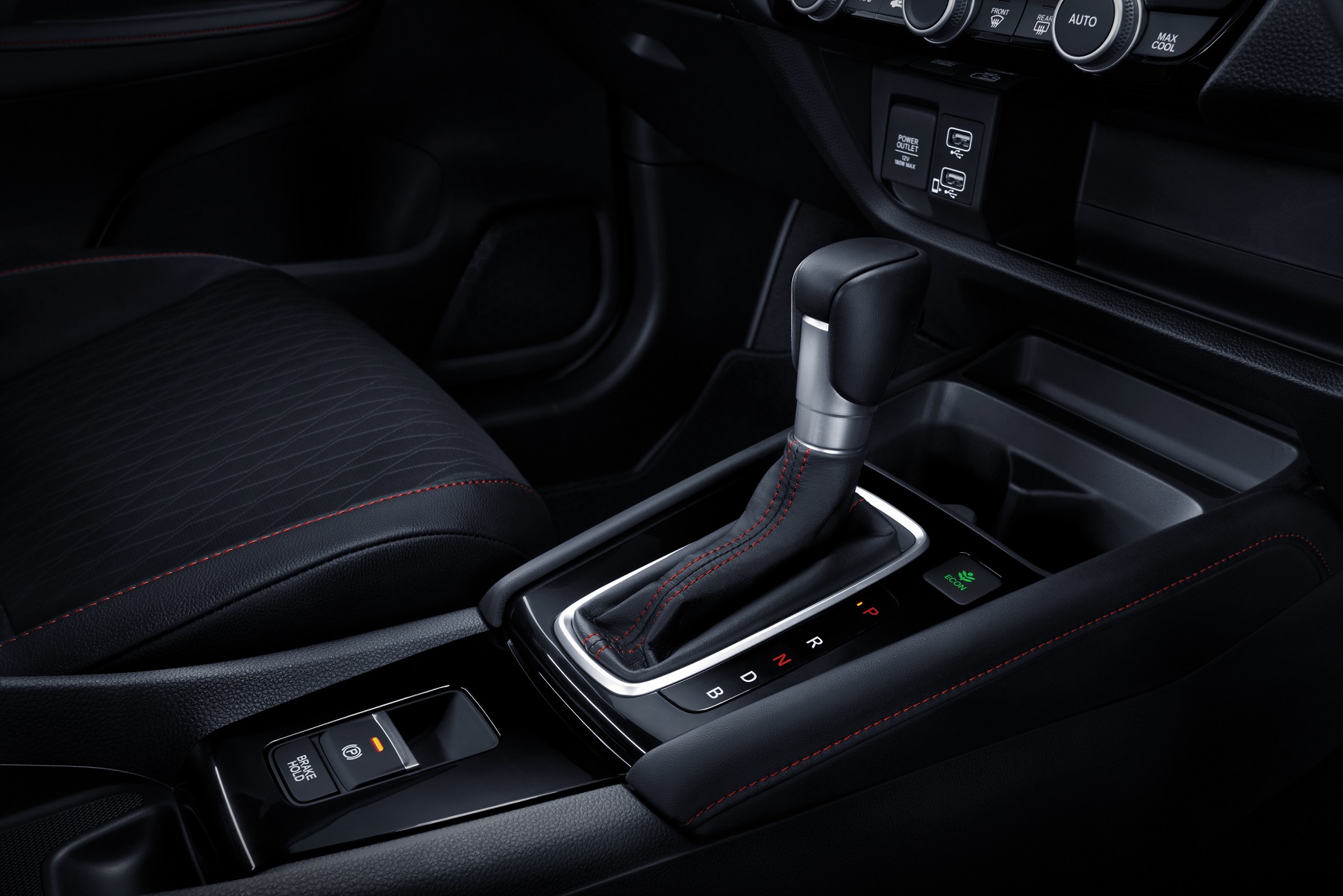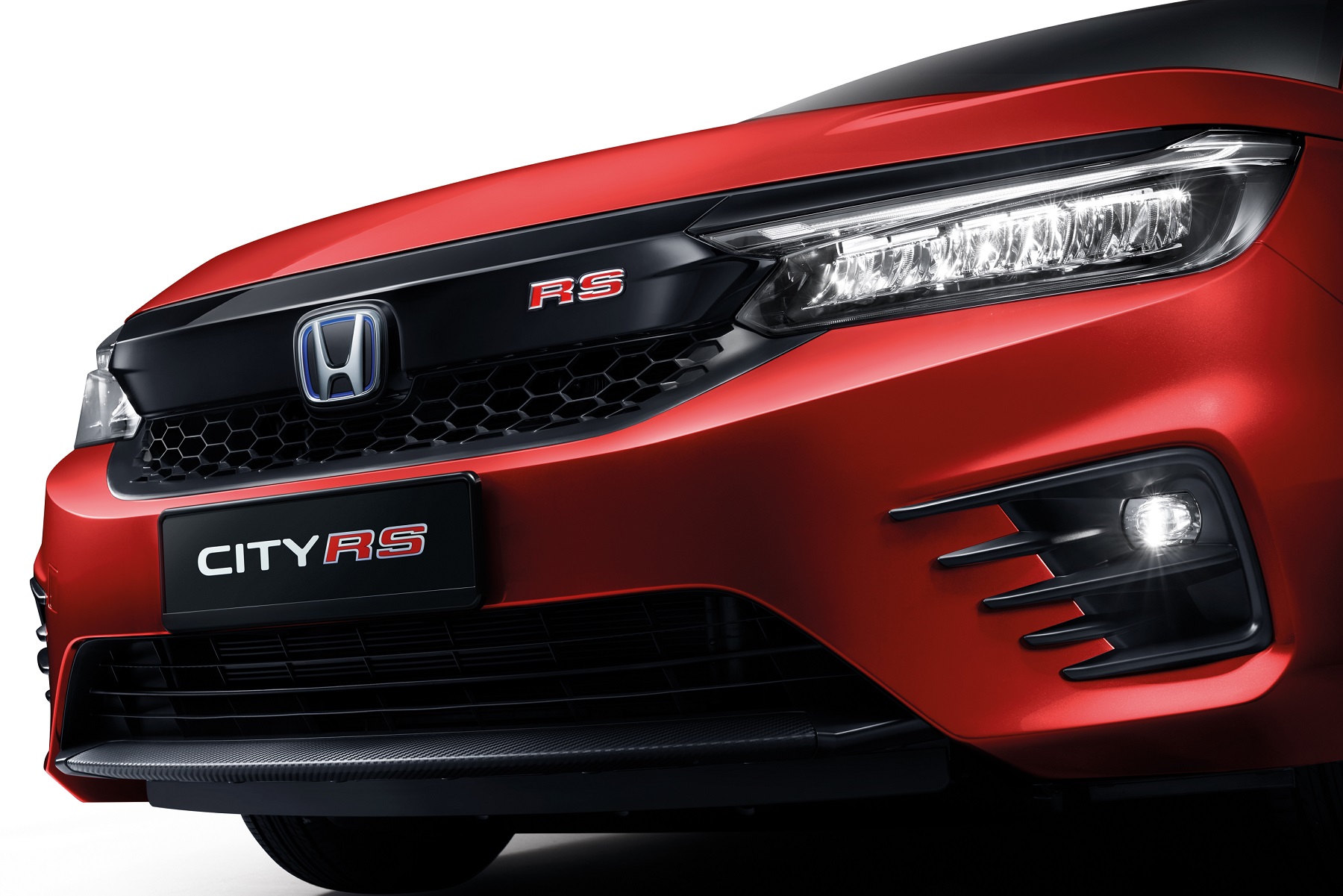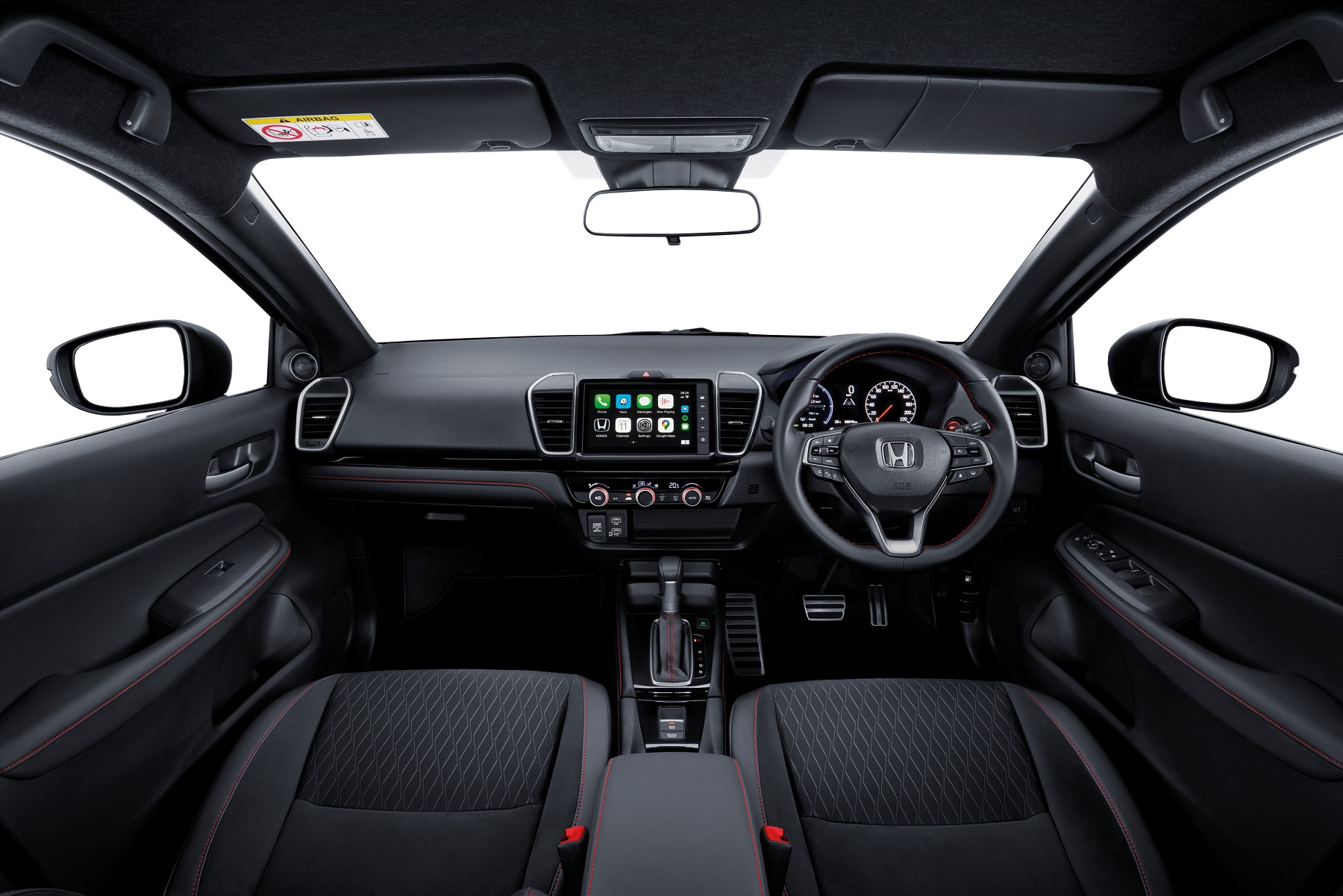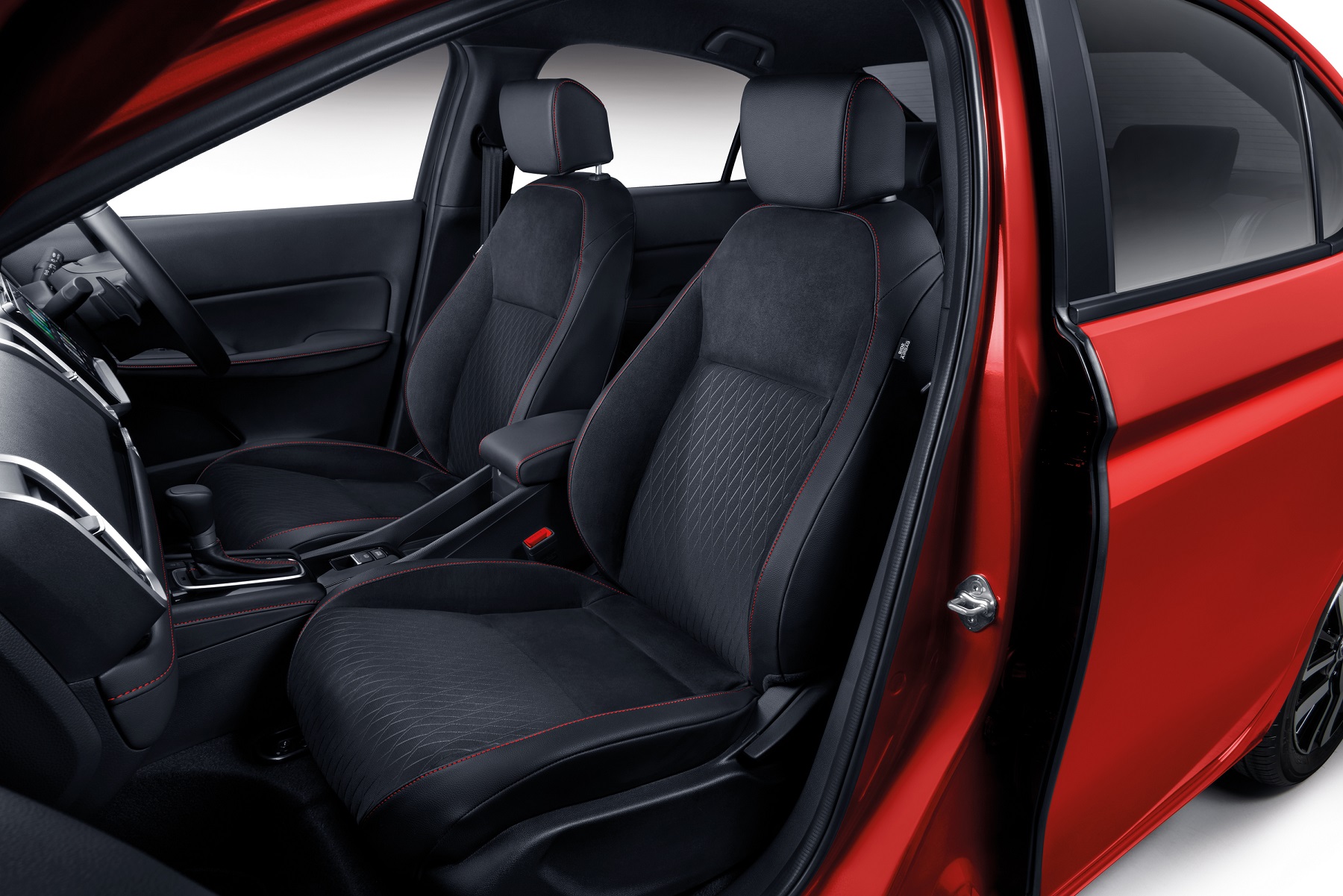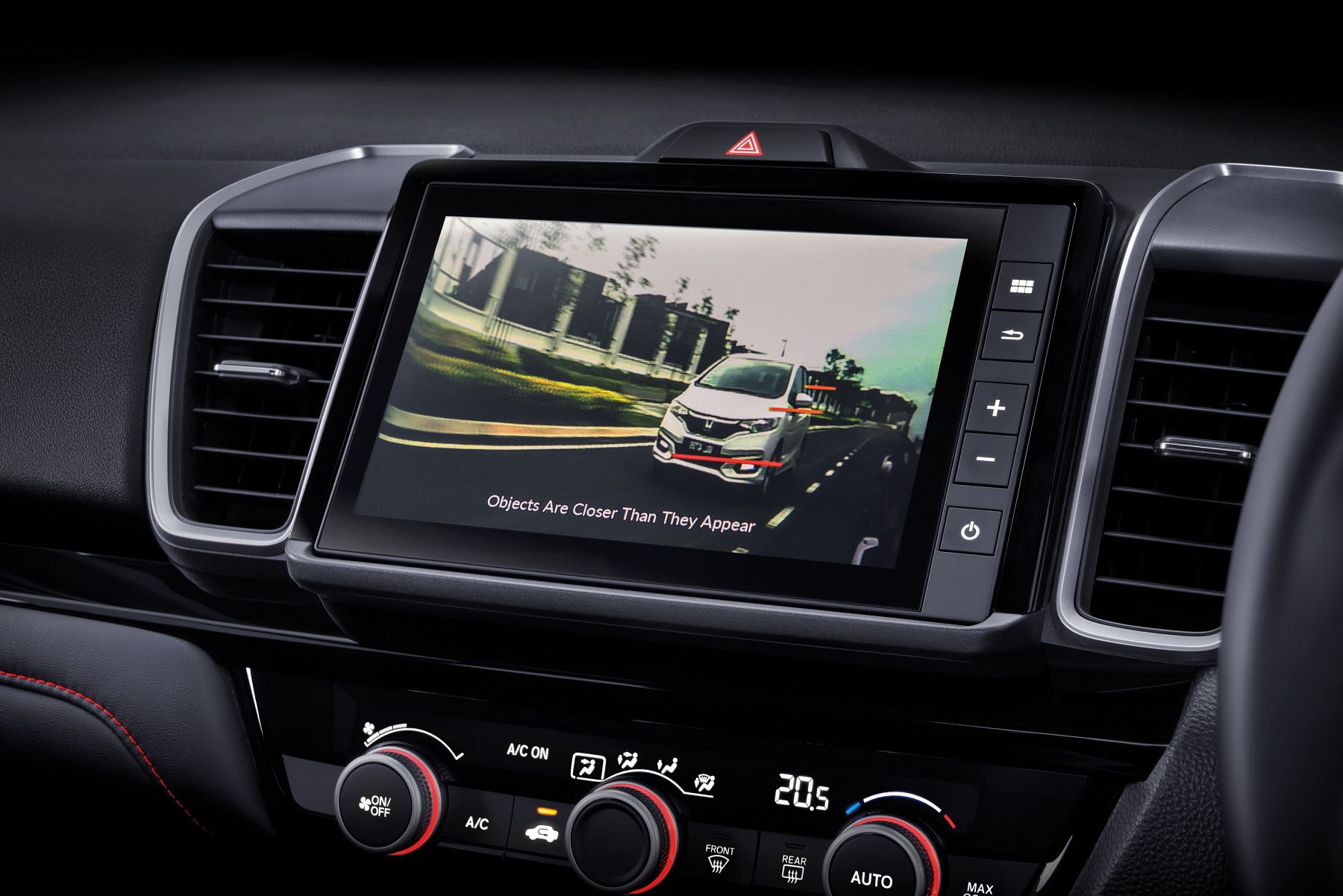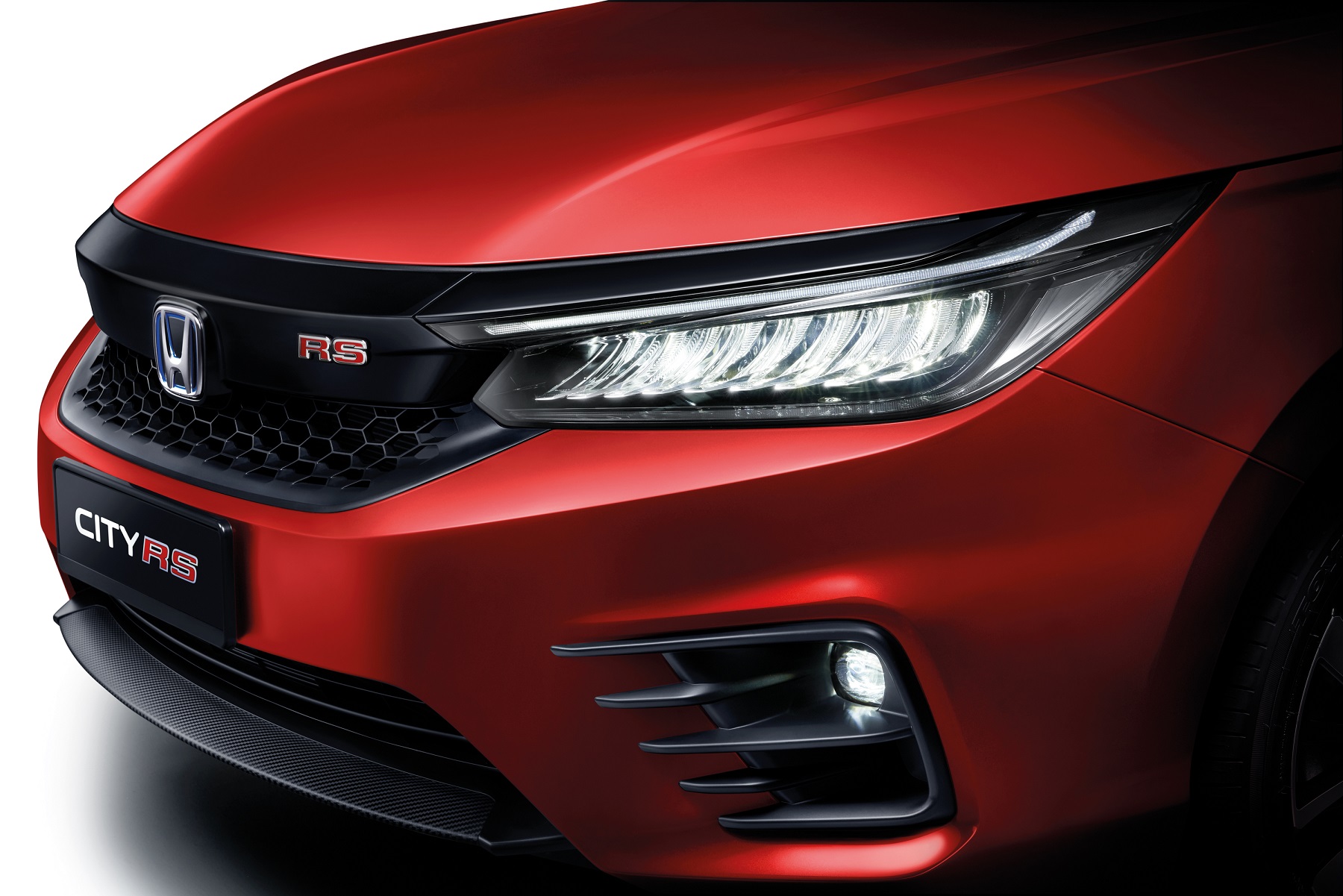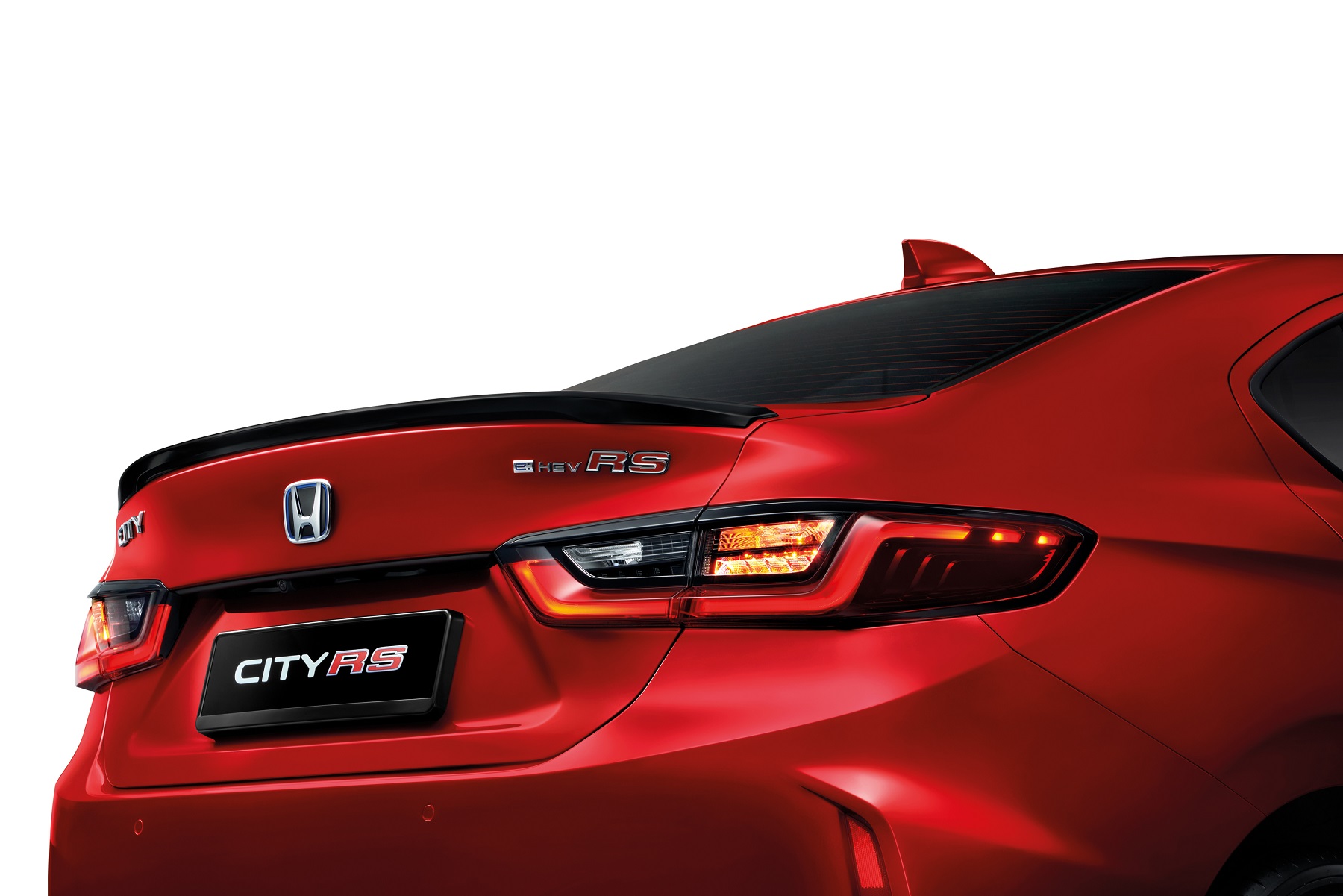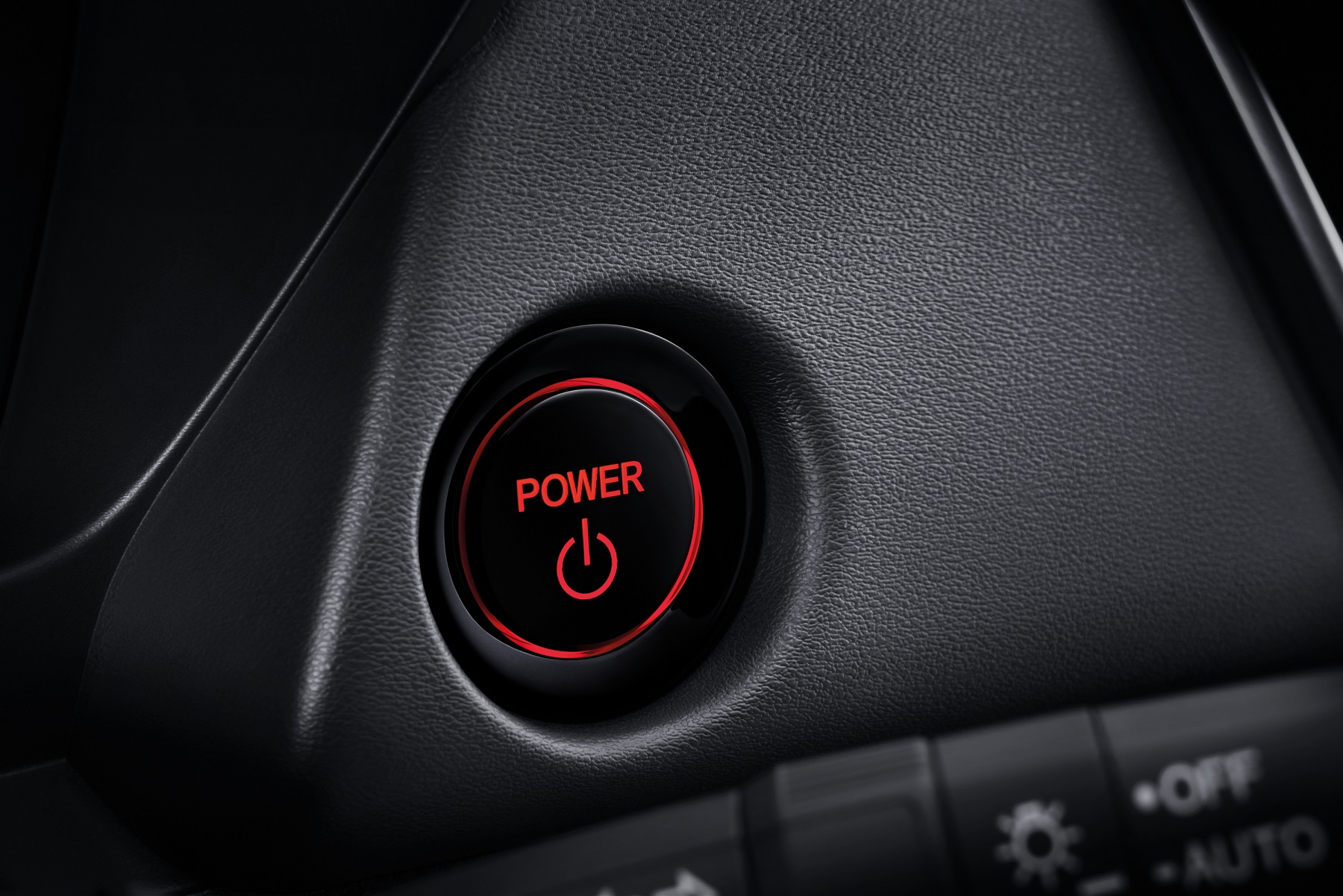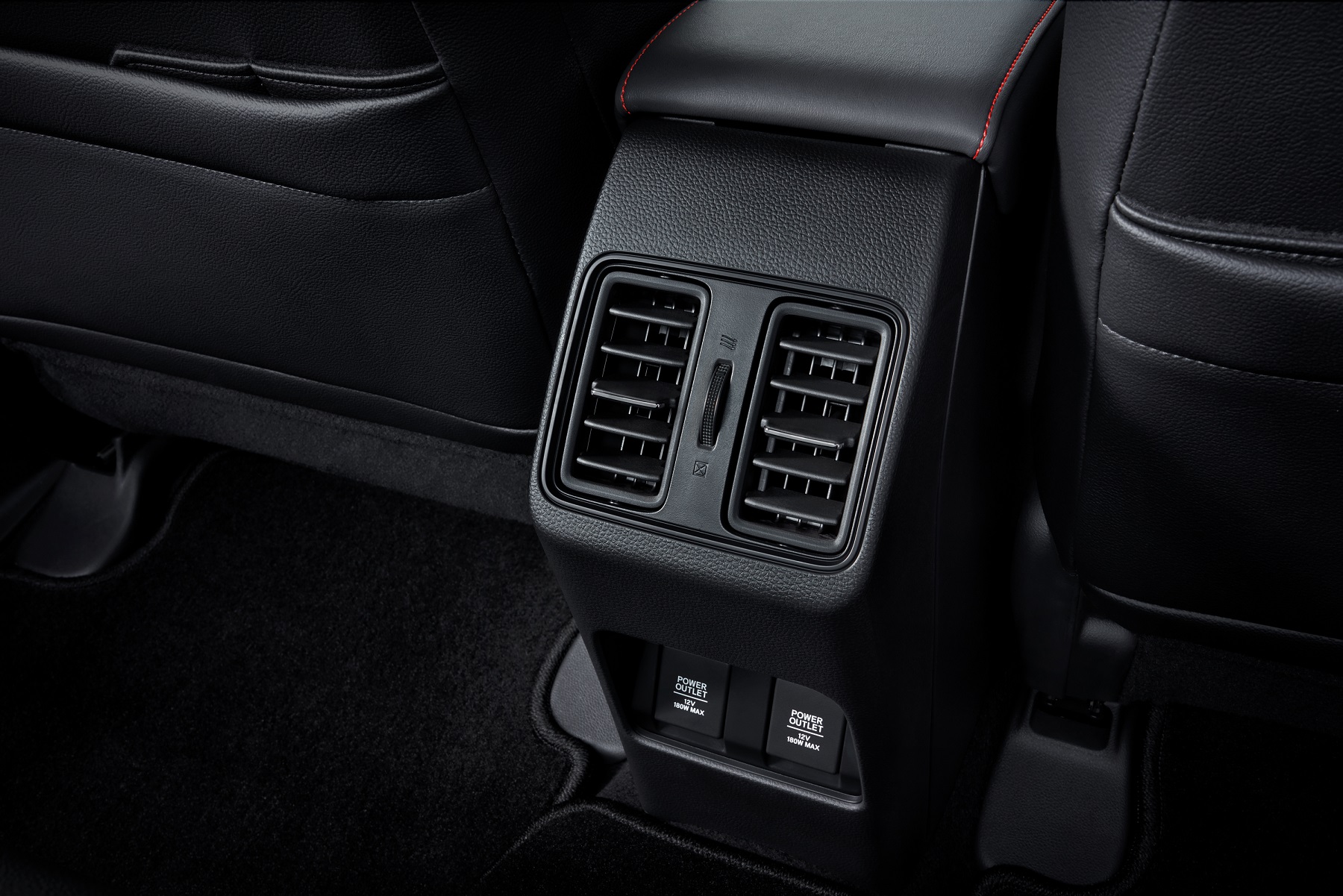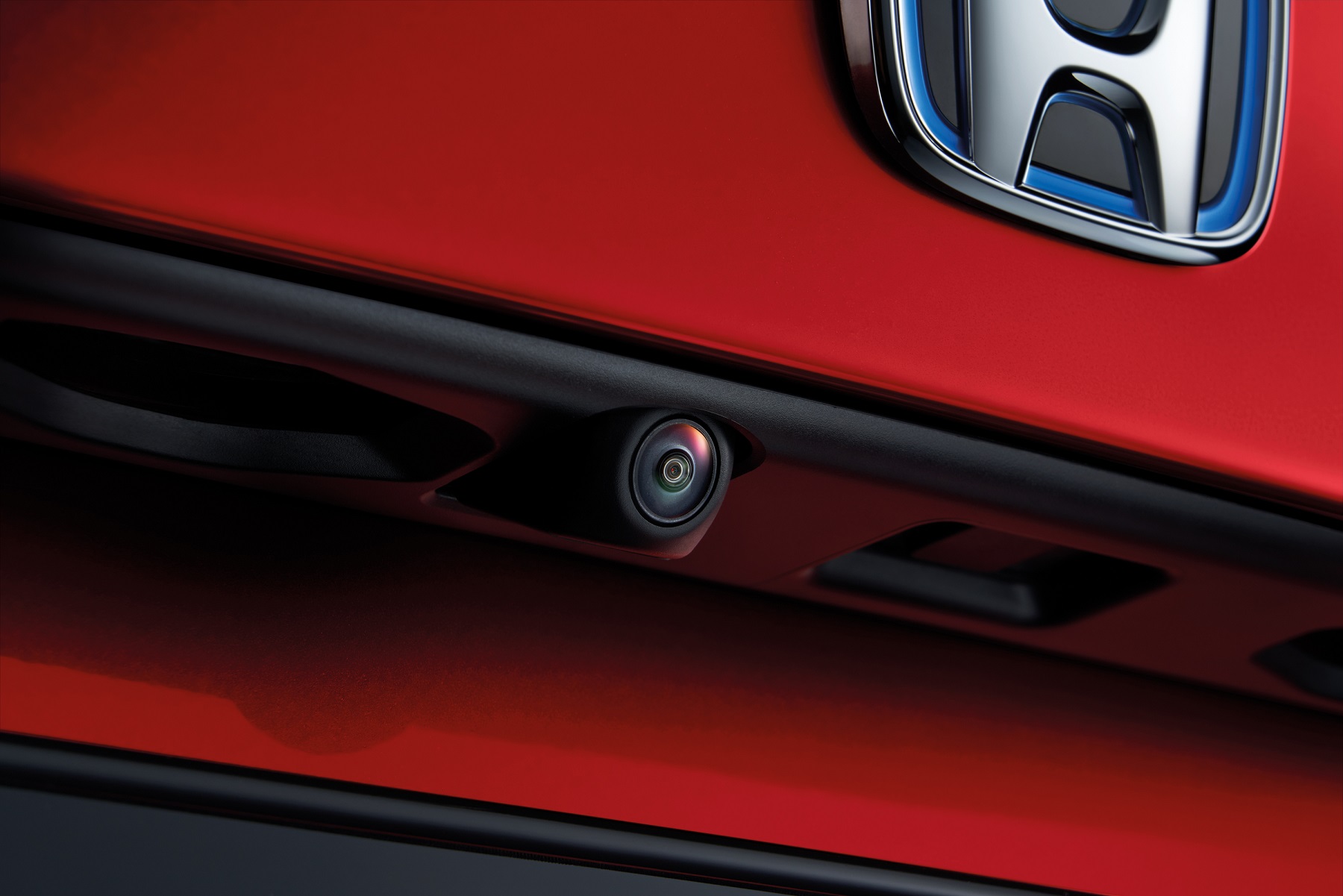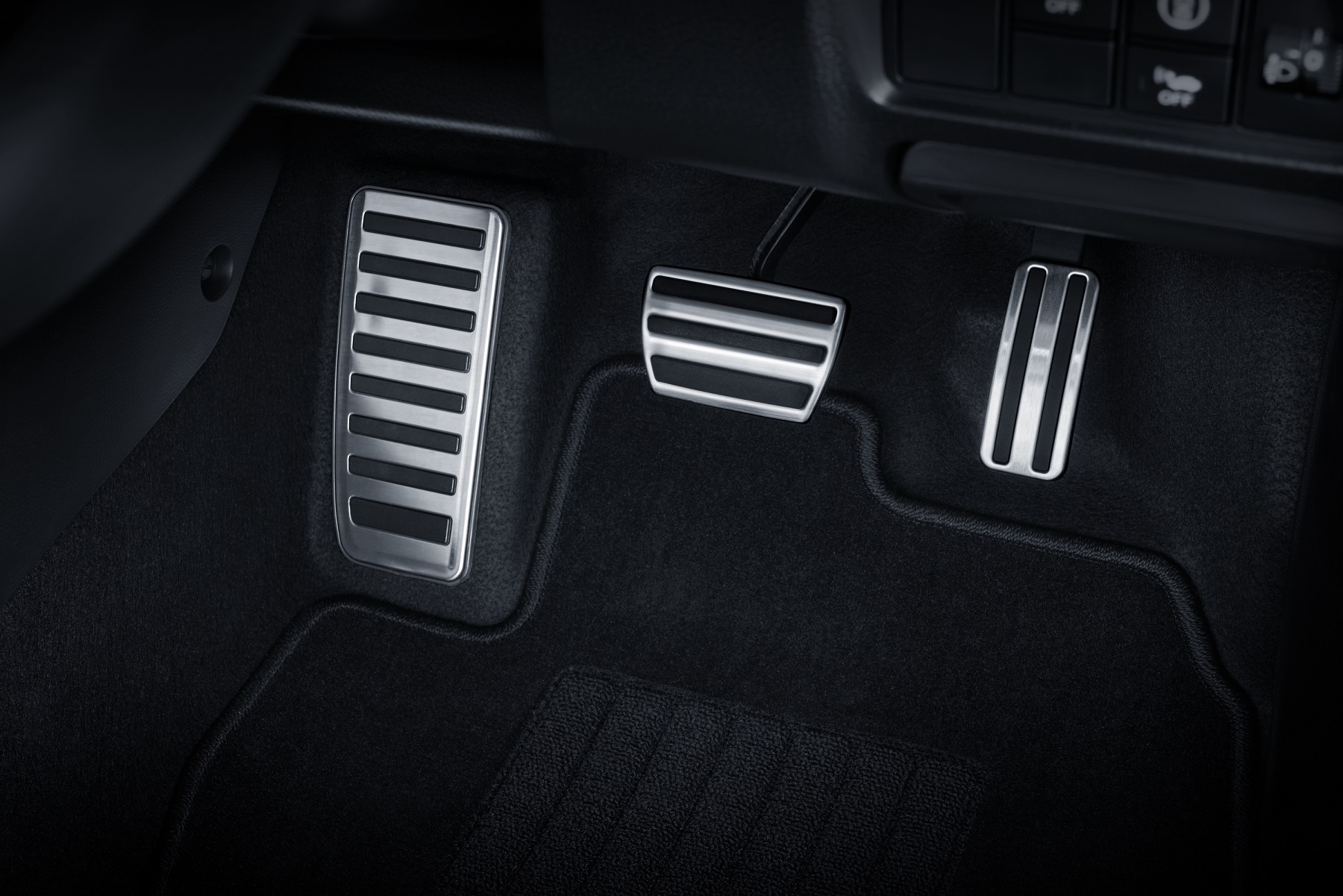2020 Honda City launched: fifth-gen sedan priced from RM74k in Malaysia
Honda Malaysia has sold over 209,000 units of the fourth-generation City since it was first launched in 2014. And the Japanese carmaker is looking to do one better with the fifth-generation model that is now officially on sale in Malaysia, world-premiering RS e:HEV variant included.
That Honda chose Malaysia as the launch pad for the first ever hybrid variant of its 2020 City is not entirely surprising. Over the past five years, 40 percent of all hybrid models sold by the Japanese carmaker in the Asia and Oceania region are from Malaysia. And the City RS’s two-motor i-MMD powertrain, which generates 108PS and the now-famous 253Nm of torque, is bound to attract more suitors than its i-DCD Sport Hybrid predecessor.
After two months of teasing the City RS to the Malaysian public, Honda Malaysia has gathered 5,000 bookings for the latest iteration of its best-selling nameplate. And while the numbers are promising, the new City’s commercial fate ultimately depends on how well its more affordable petrol variants are received.
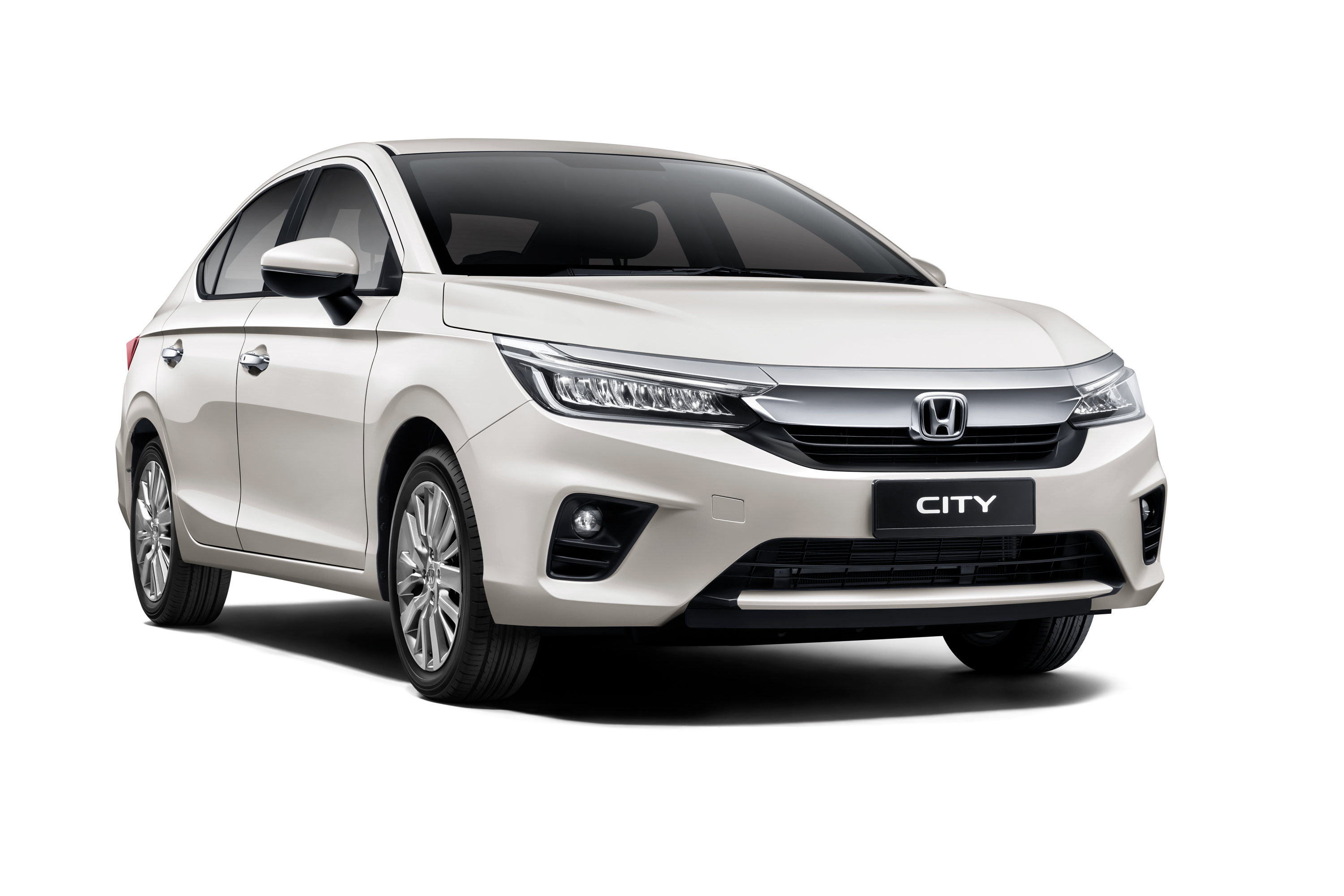
To that end, Honda has come good with a new dual-cam 1.5-litre i-VTEC engine good for 121PS and 145Nm of twist that will power three variants, namely the S, E and V. It’s also quite an efficient engine, thanks in part to the continued application of a CVT, if Honda’s claim of 5.4l/100km is to be believed. It’s worth noting that this is a different unit from the 1.5-litre Atkinson cycle mill under the hood of the City RS, which develops just 98PS and 127 on its own without the factoring in the output of the electric motors. And there are quite a number of new goodies to go with it.
The entry-level City S, which gets the ball rolling at RM76,800 (RM74,191 with 2020’s sales tax exemption), for instance, sets a decent base line with projector headlamps with 15-inch wheels, LED DRLs, LED taillights, rear air-conditioning vents and four airbags. The RM84,800 (RM81,665 tax-exempted) City E adds remote engine start, an eight-inch infotainment with Apple CarPlay, Android Auto and reverse camera, automatic climate control, paddle shifts and cruise control to the spec sheet, which is not a bad return on its RM8k premium at all.
The highest-spec petrol variant is the City V, which builds on the E’s equipment list with automatic LED headlights, LED front foglights, 16-inch alloy wheels, leather upholstery with ‘ivory’ highlights, Honda’s LaneWatch camera and two more airbags to bring the total count to six. Honda Malaysia has managed to slot all of these features just below the RM90k mark, with the City V officially priced at RM89,800 (RM86,561 tax-exempted). And that’s the biggest figure we have for the time being.
Prices for the Honda City RS, now a range-topper thanks to feedback from customers demanding top-spec hybrids, remain a mystery for now. Honda Malaysia confirms that deliveries for the RS will only start from January 2021. And as current policies stand, the B-segment’s torque champ will not be enjoying the sales tax exemption which is only in effect up till 31 December 2020. What we do know is that whatever premium you’ll end up paying for it will be reciprocated with RS styling (inside and out), digital instrument cluster and Honda Sensing (adaptive cruise control, auto braking, lane keep assist, etc.) to go with the electrified performance.
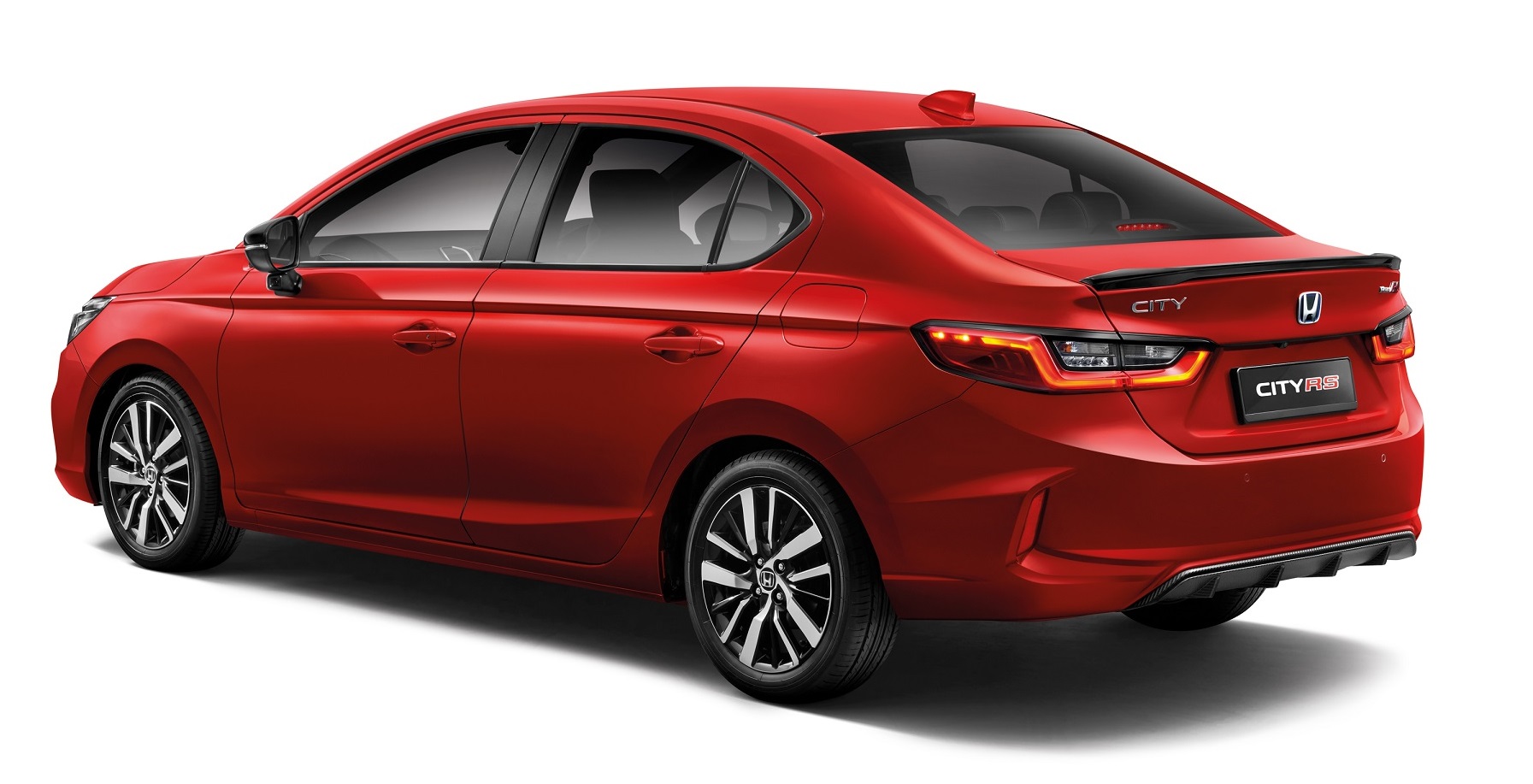
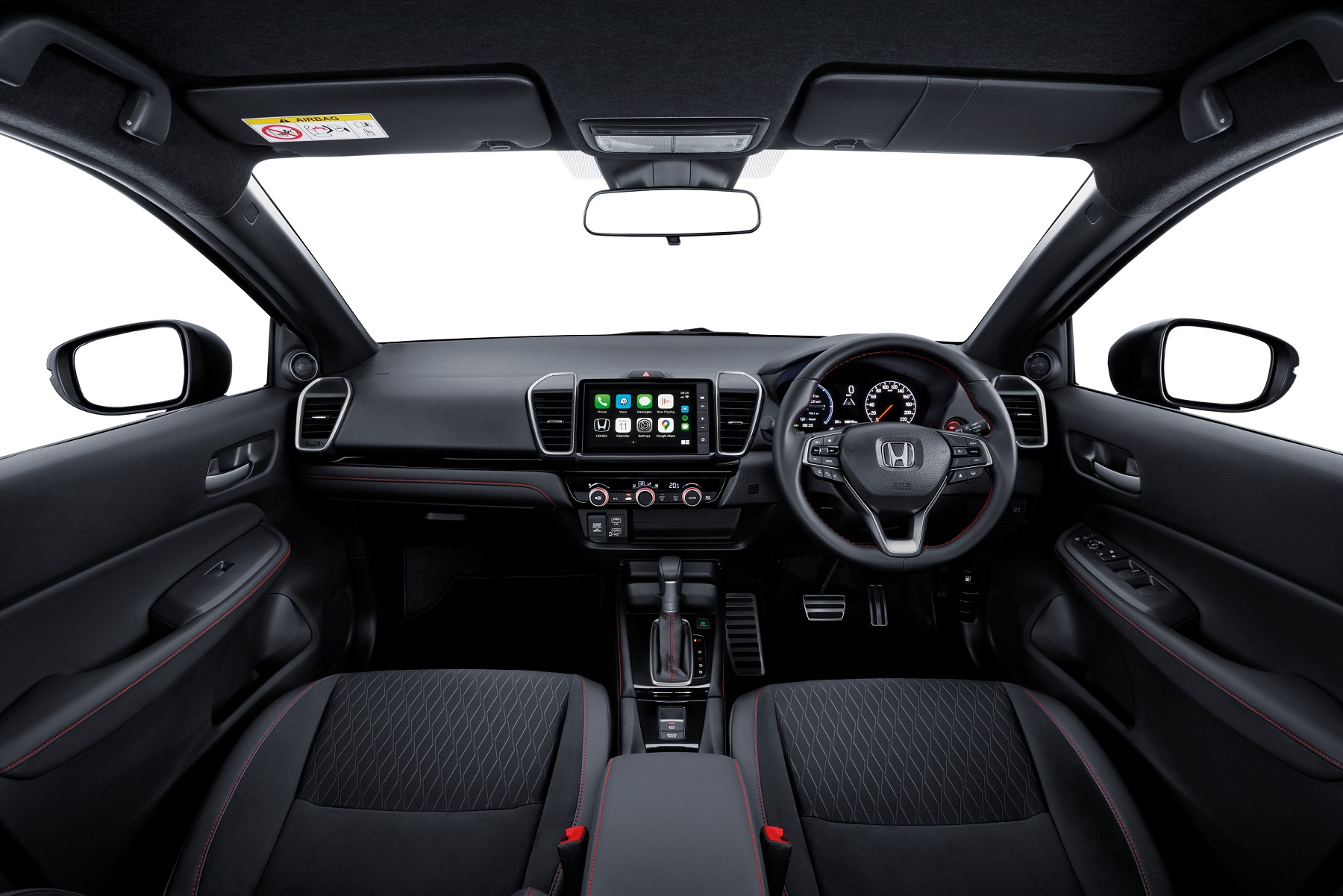
Variants aside, buyers are in for a substantially bigger Honda City than before, with the fifth-generation model measuring a whopping 111mm longer and 54mm wider than its predecessor, with the overall height dropping by 10mm for a sportier stance. This bodes well for practicality too, with boot volume now up to 519 litres in all petrol variants. The battery-lugging RS only gets 409 litres, and is incidentally the only model here without a spare tyre.
To cap things off, the 2020 Honda City is clearly a much better-equipped B-segment sedan than the outgoing fourth-gen model, and a substantially bigger one at that. It’s lighter too – the chassis has somehow managed to shed 4.3kg while improving maximum front torsional rigidity by 20.4 percent despite the increased dimensions. This should work in the peppier RS’s favour, though we’d first need to test drive the car before we can say anything for sure.
We’d love to hear your thoughts if you’ve somehow beat us to that. Do you think this is the car Malaysia’s middle class has been waiting for?
